This week the long-awaited Alfa Romeo 4C was driven for the first time, marking a welcome return for Alfa’s coupe models. The firm might be most synonymous with its drop-top Spider offerings, but the coupes represent some of the most appealing models.
Early Alfas were offered in a bewildering range of configurations, and were coachbuilt by many firms around Italy and beyond. The one constant in the 6C range – which was the first coupe sold under the Alfa Romeo banner – was a six-cylinder engine configuration.
It was much the same with the shorter-lived 8C, which as its name suggests sprouted a further two cylinders. The stunning 1937 8C 2300 was the fixed-head highlight of the 8C range; described at the time as the best-looking sports car in the world – a claim that could arguably still ring true today.
1950 marked the introduction of the 1900 which was the firm’s first ever monocoque design and, once again, was available with a range of coachbuilt bodies, most notably the Disco Volante, Pinin Farina-built Sprint and the lightweight Zagato 1900 SSZ. The model was followed in 1958 by the somewhat predictably-named 2000, offered as a Bertone-designed Sprint coupe.
Bertone also penned the pretty lines of the 2600 which arrived several years later. The six-pot flagship saw the SZ (Sprint Zagato) model join the line-up in 1965, and it boasted much-improved fit and finish. It could seat four in comfort and was positioned more as a GT than a outright sports car. The Sprint gained the attentions of the Italian police, who pressed a number of them into service to counter an increasing number of armed robberies in the country.
The Giulietta, which launched in 1954, was the first model to have a non-numeric name. It went on to spawn a number of hot variants, including another SZ which developed 100bhp from its 1.3-litre four-cylinder engine. It was followed in 1963 by a range of Giulia-based coupes which had huge success in race series around the world. The 1600cc Sprint GT won the European Challenge in 1966, '67 and '68, and the model was later fitted with a 1750cc unit.
In 1968, Alfa attempted to bring its racing technology to the road car buyer with the 33 Stradale. The pretty Scaglione-designed bodywork was the first to feature dihedral doors, a format which was later used by the McLaren 12C. Just 33 hand-built Stradales were built, making it one of the most valuable Alfas of all time.
Two years later, the Montreal was revealed in the city that gave up its name. It entered production in 1970 and used an evolution of the 33’s V8 to develop 200bhp. Its top speed was in excess of 135mph.

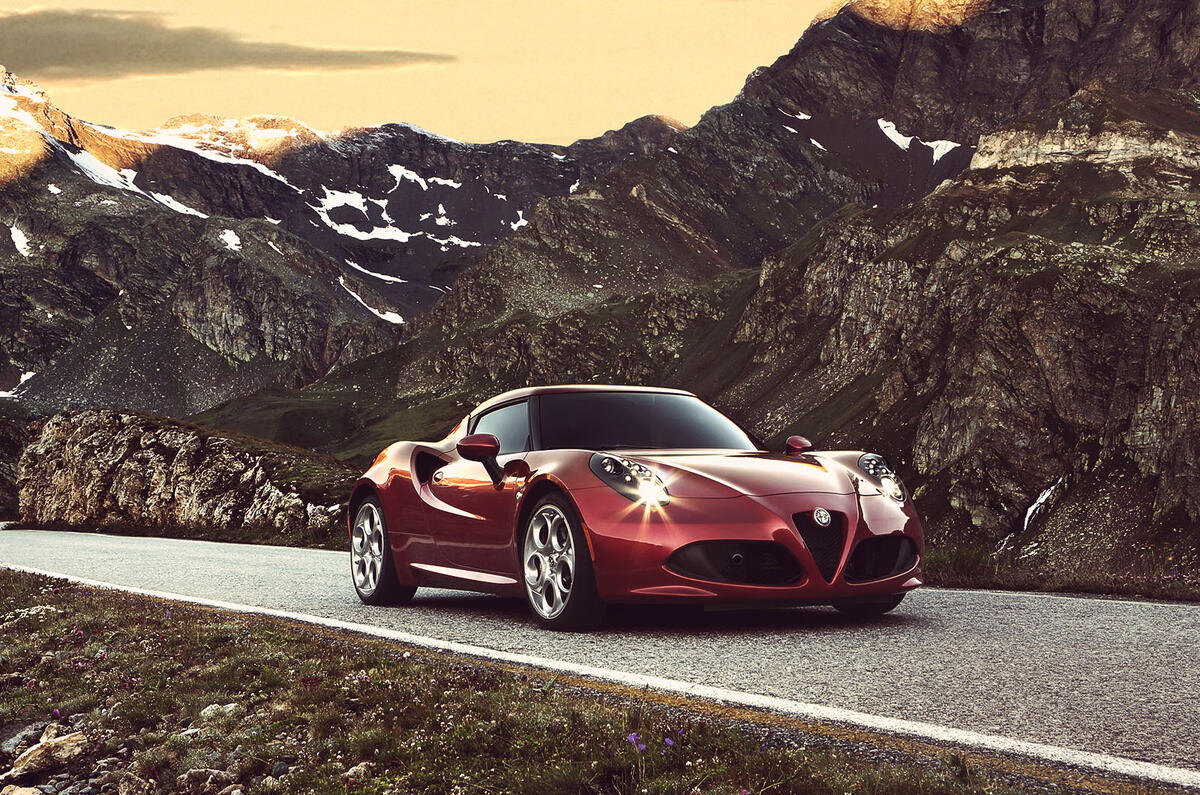
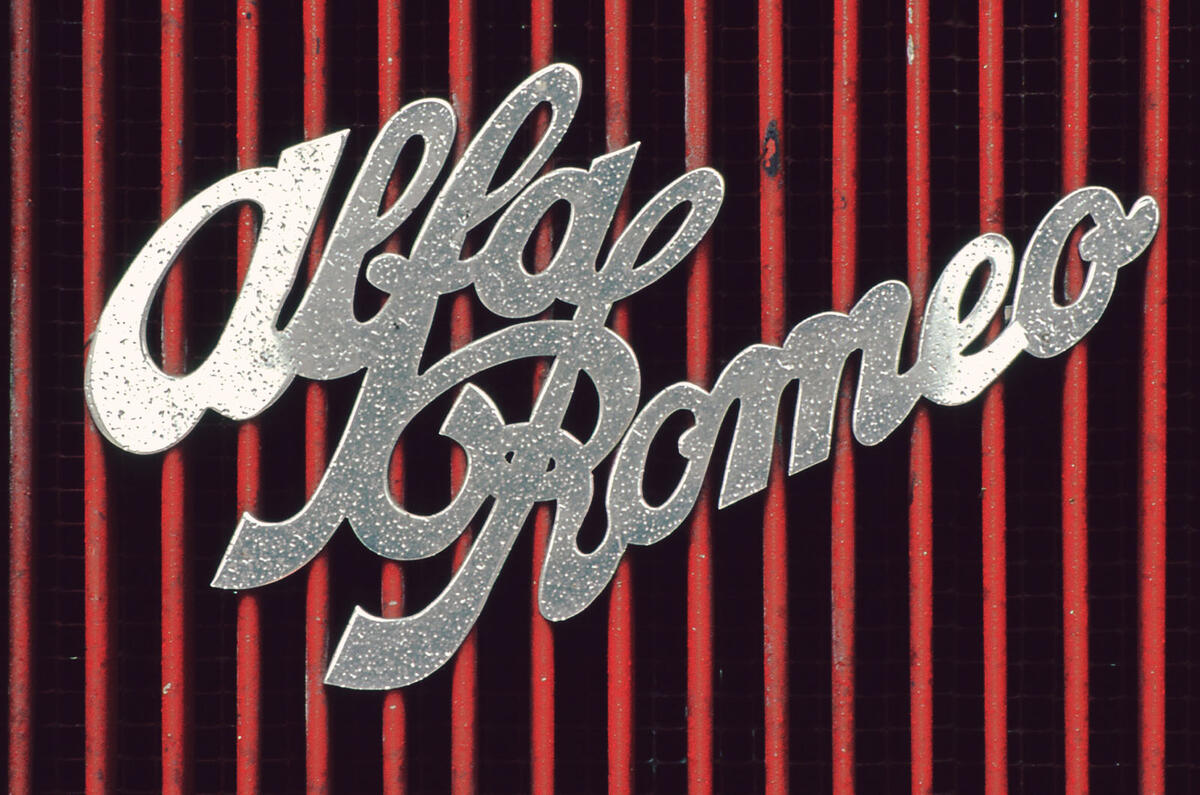
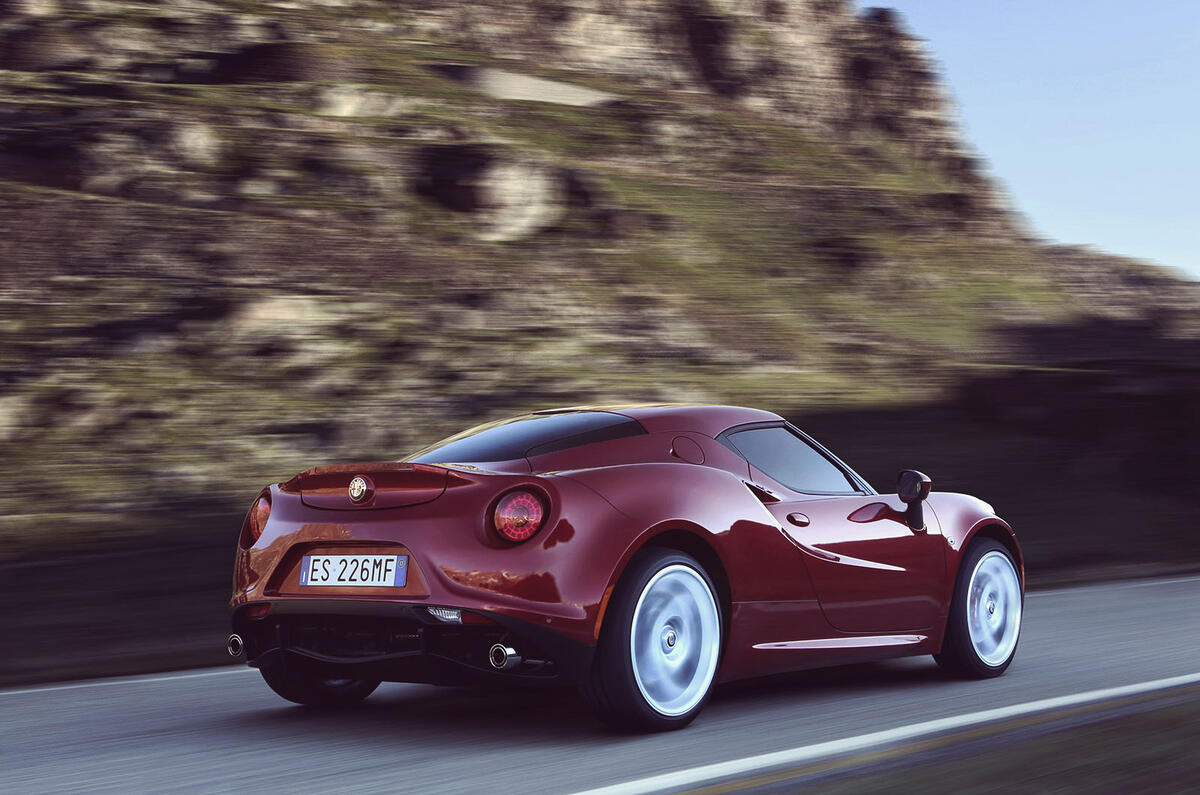
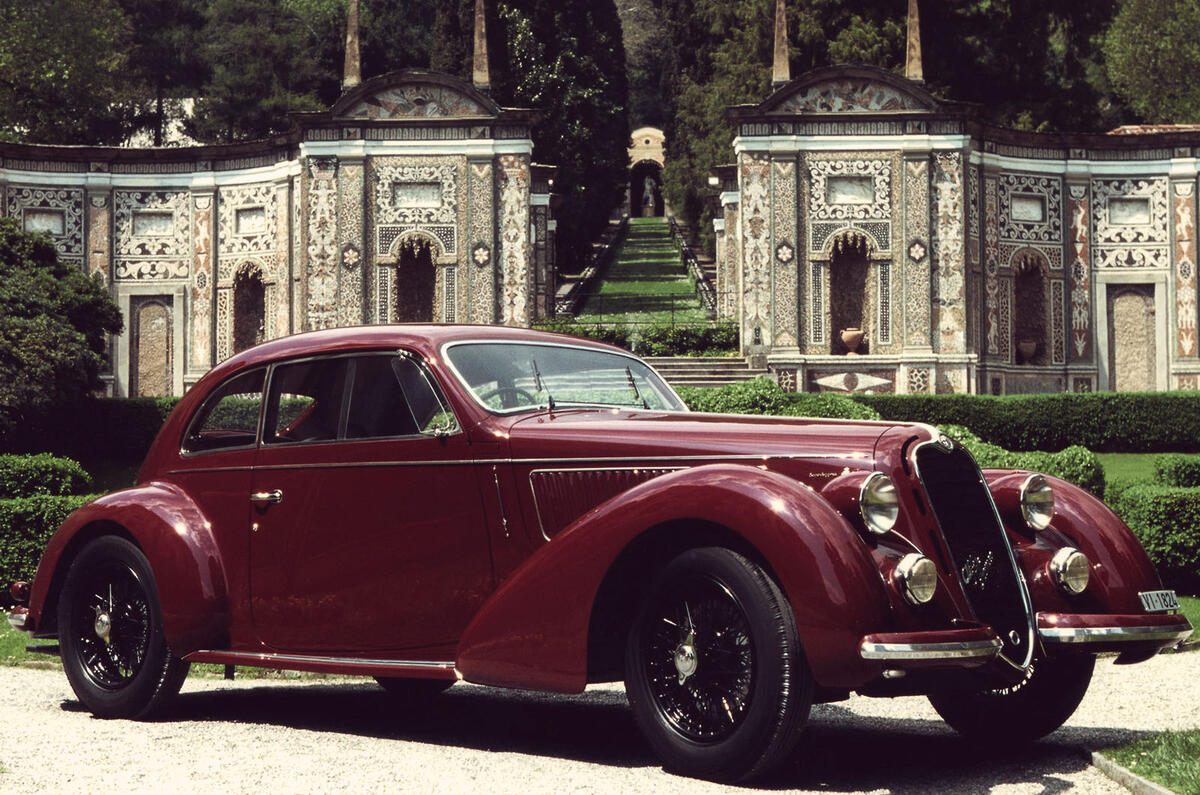
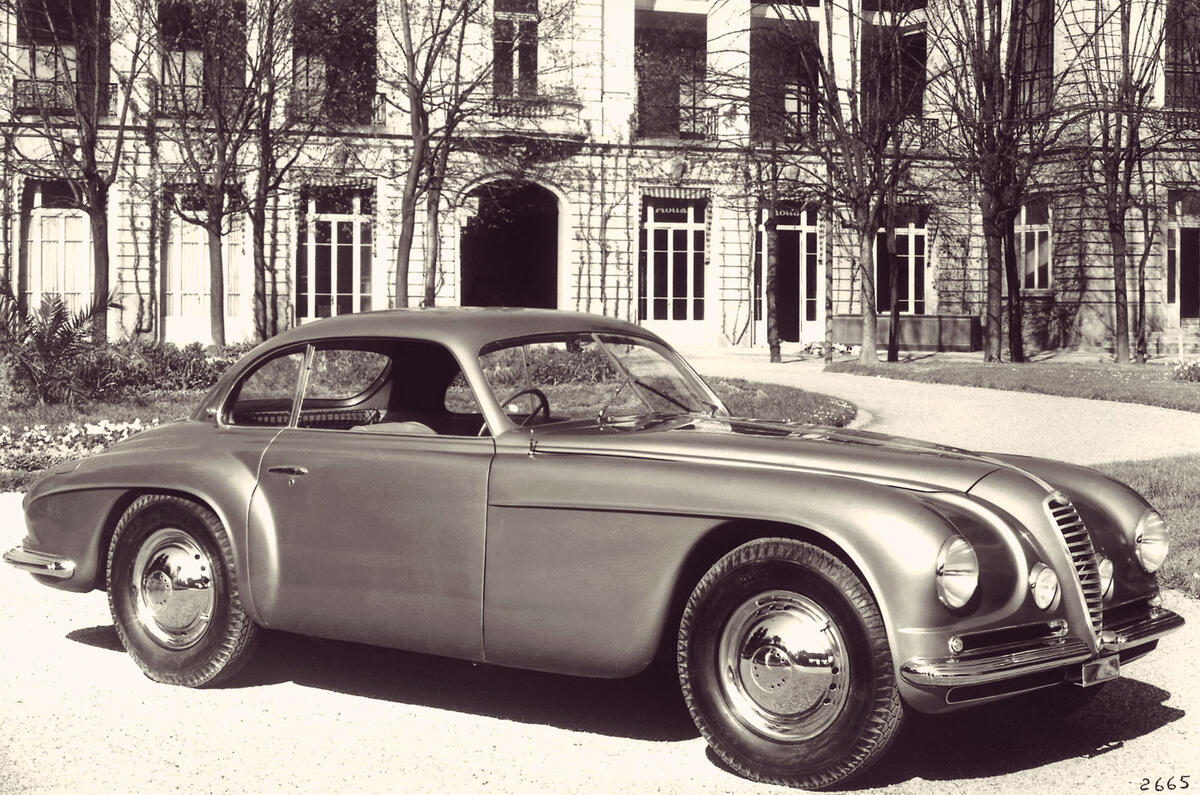
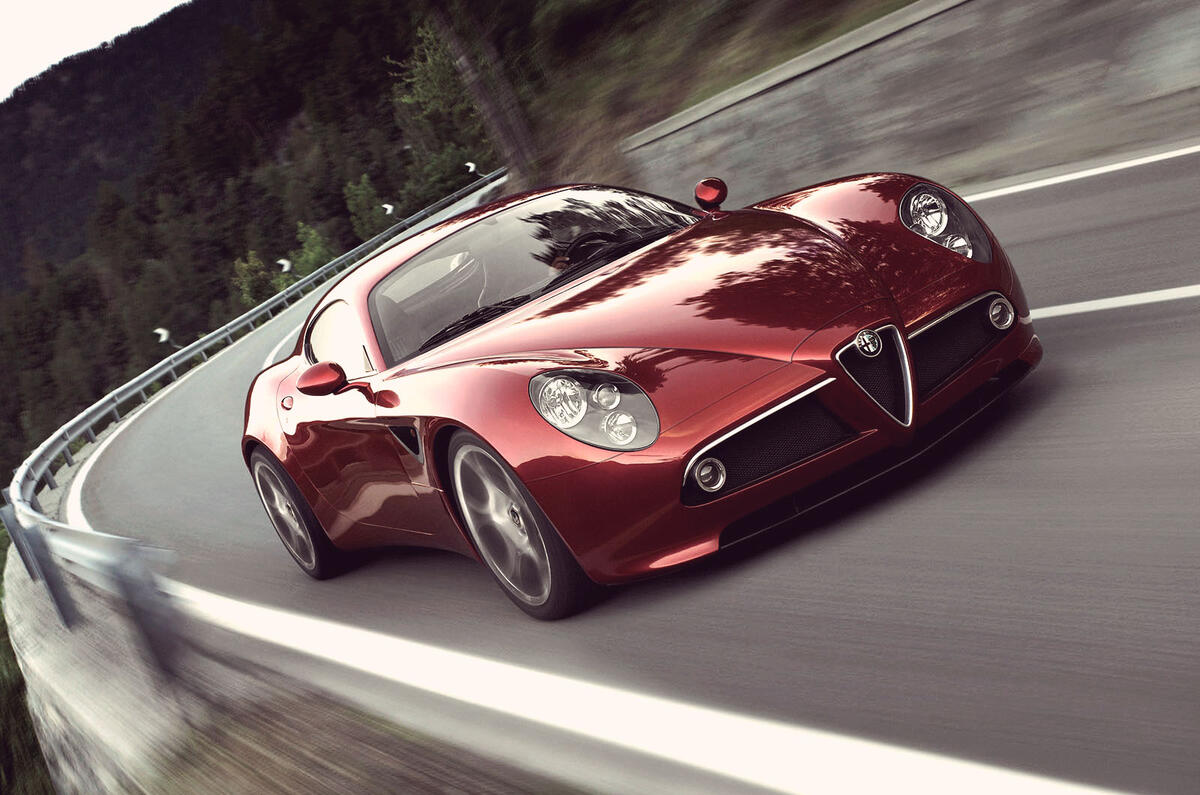
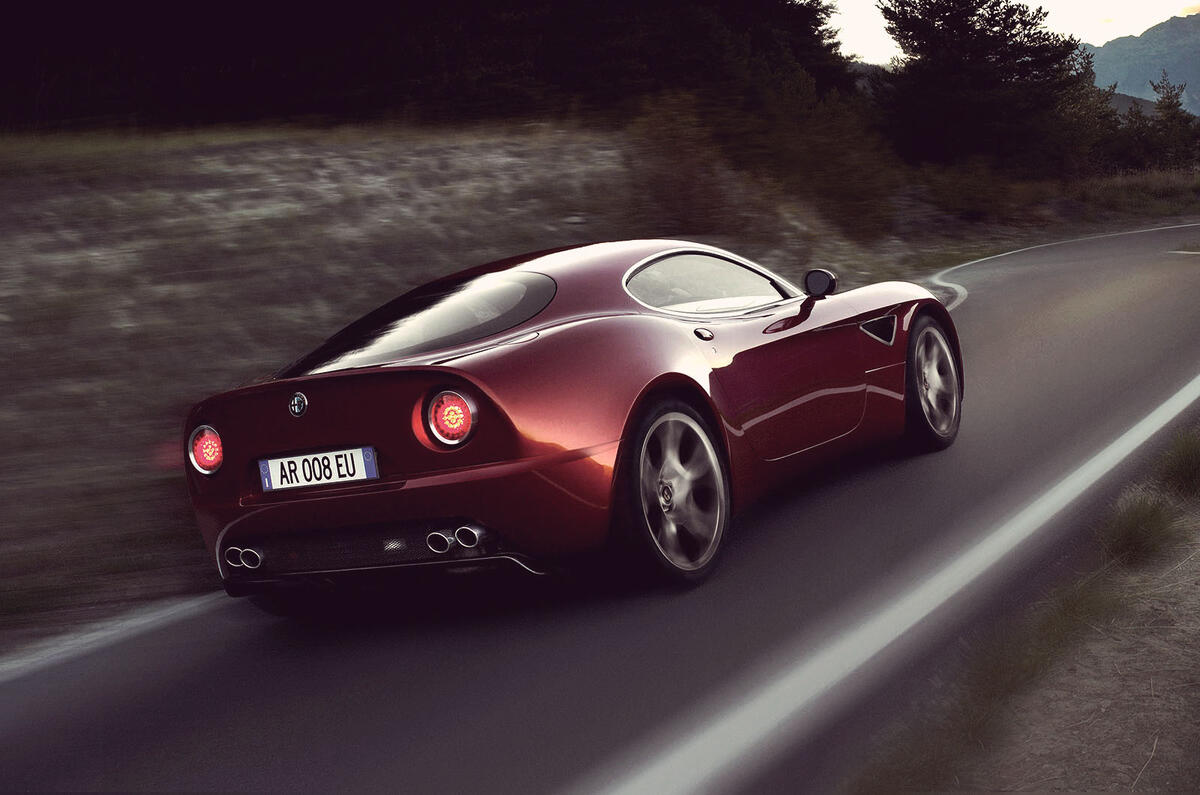
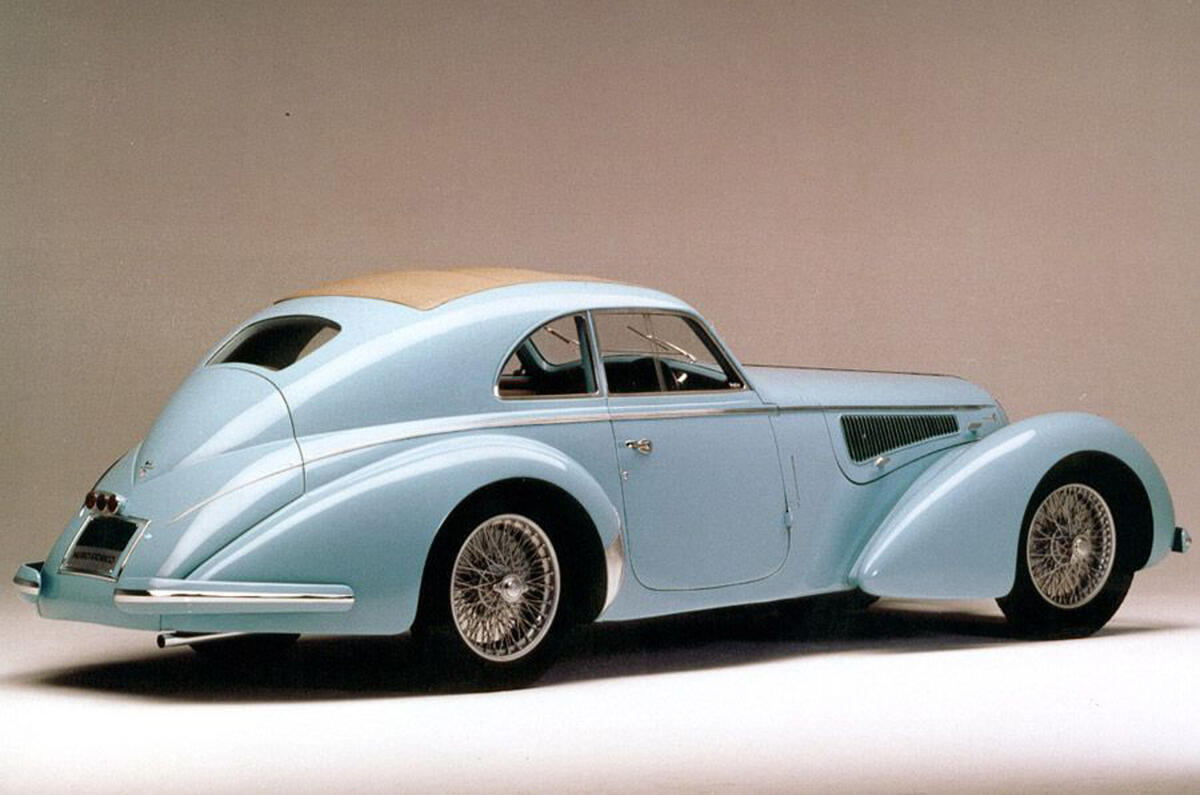
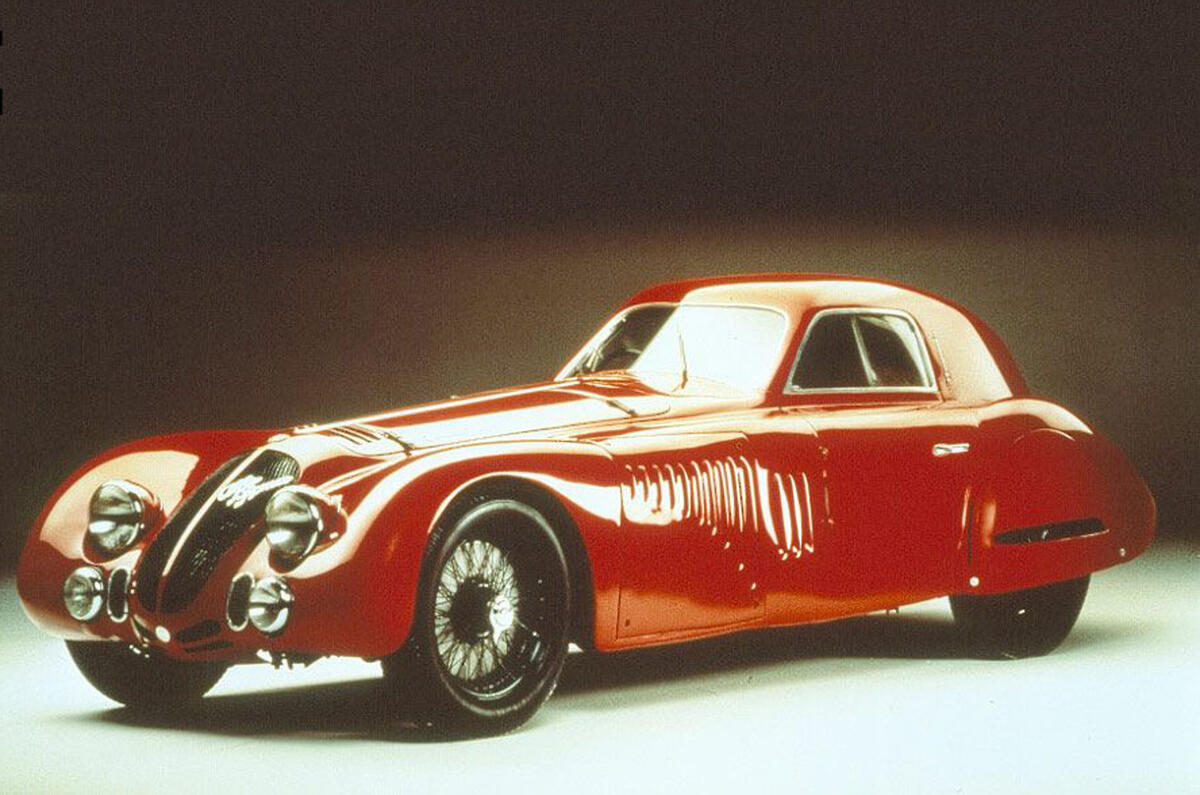
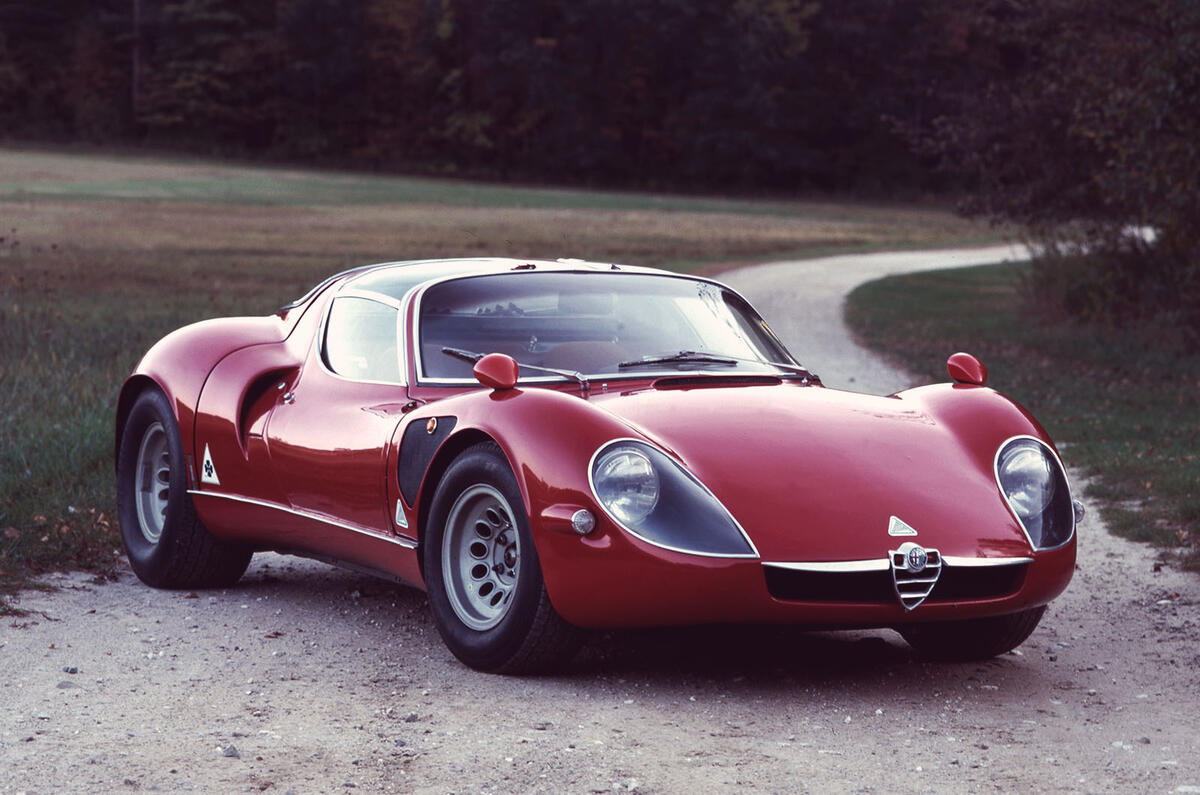
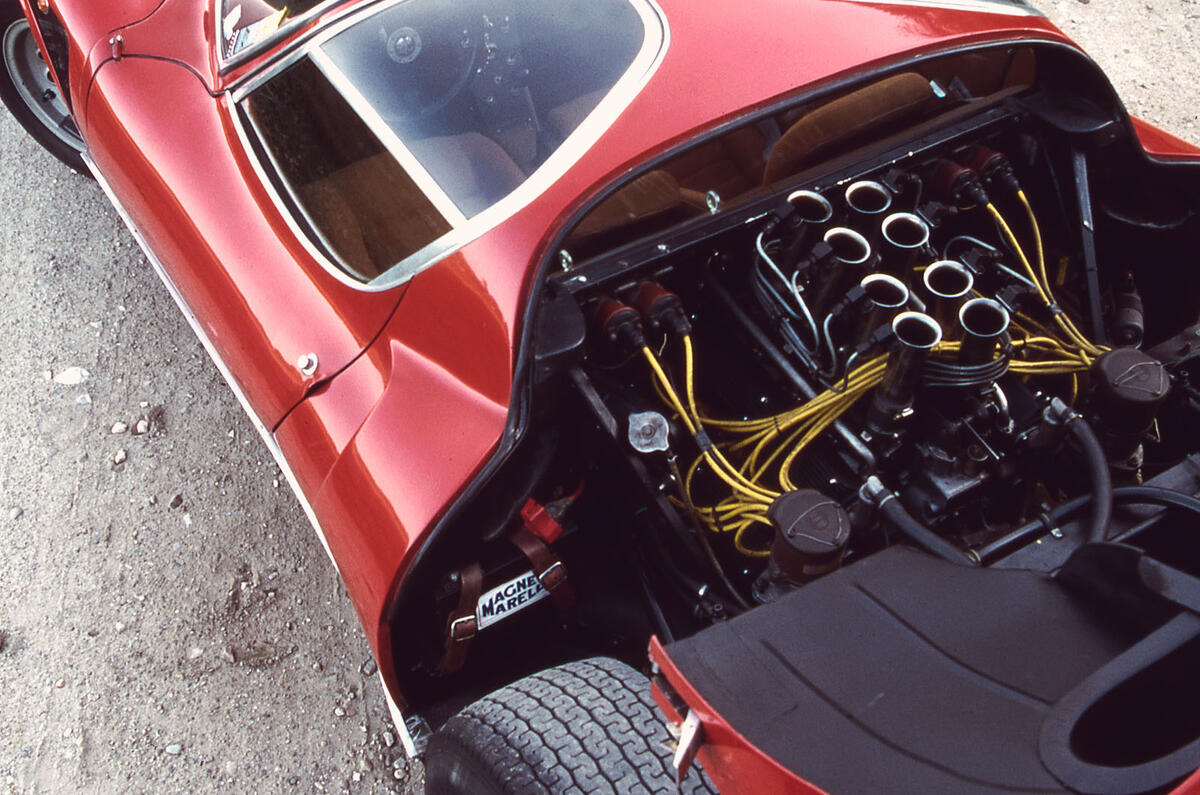
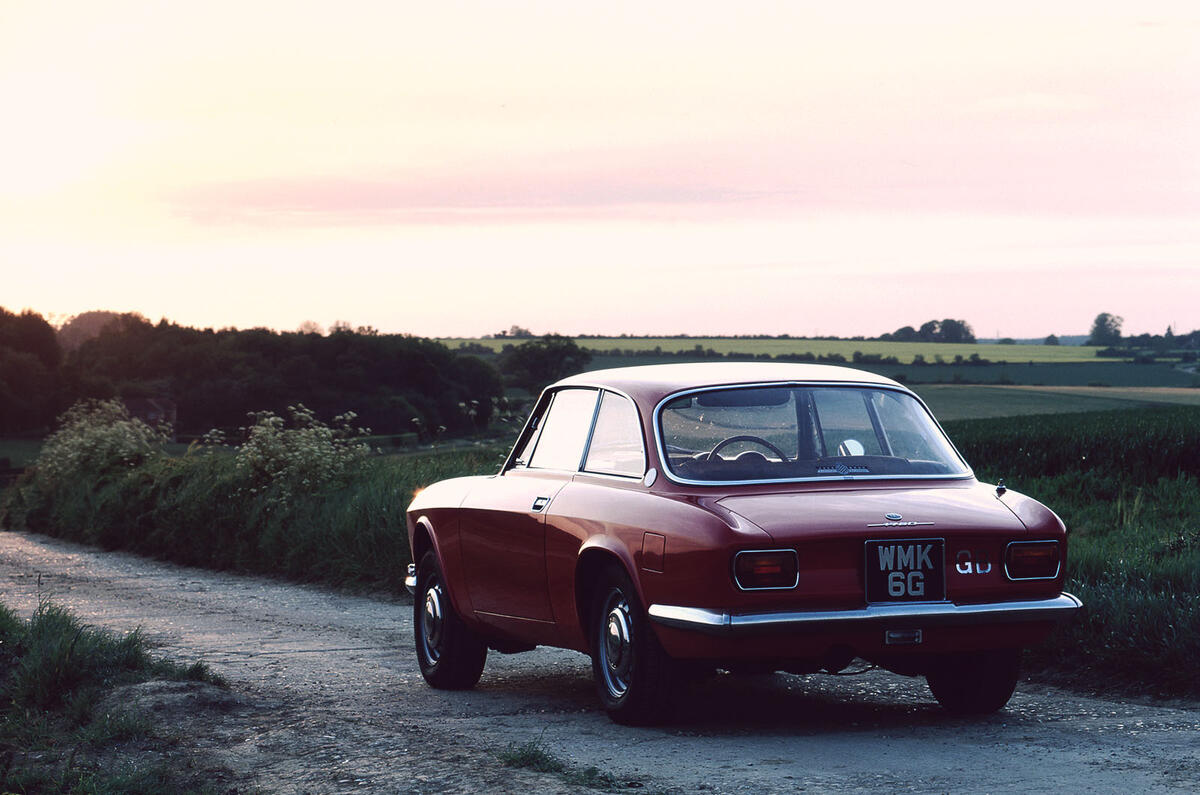
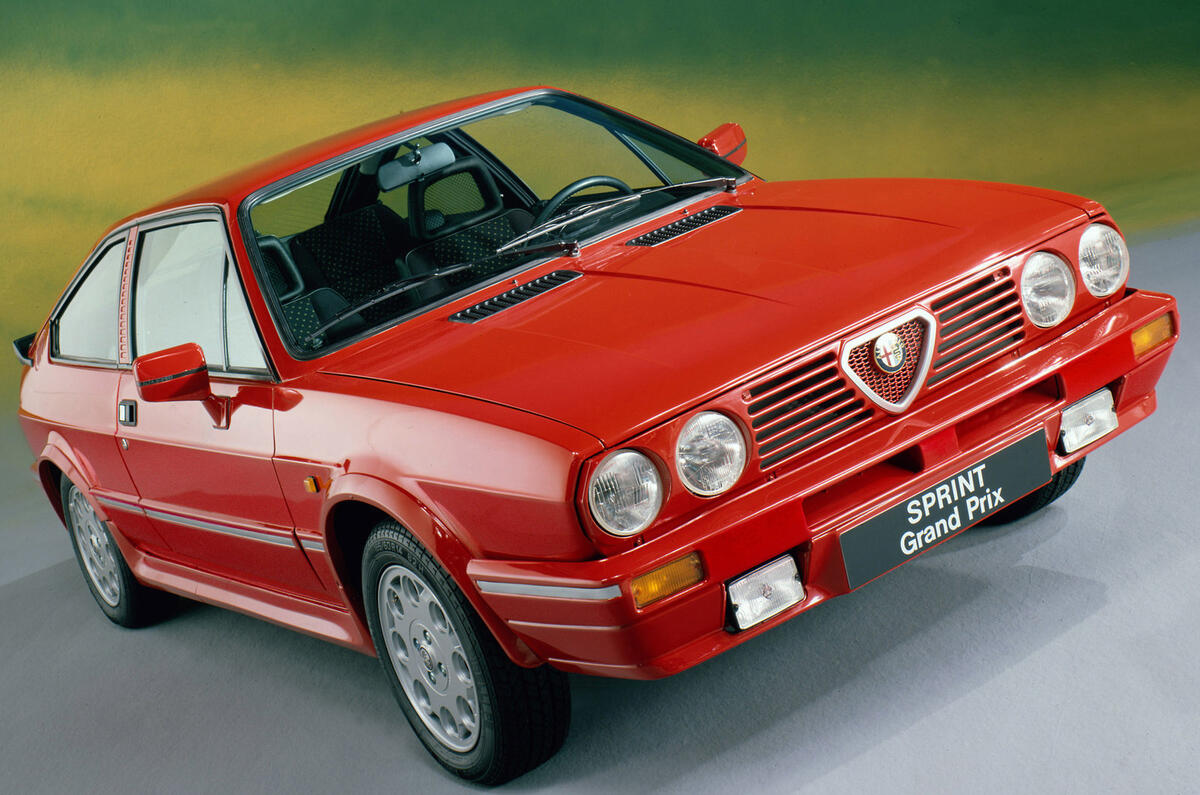
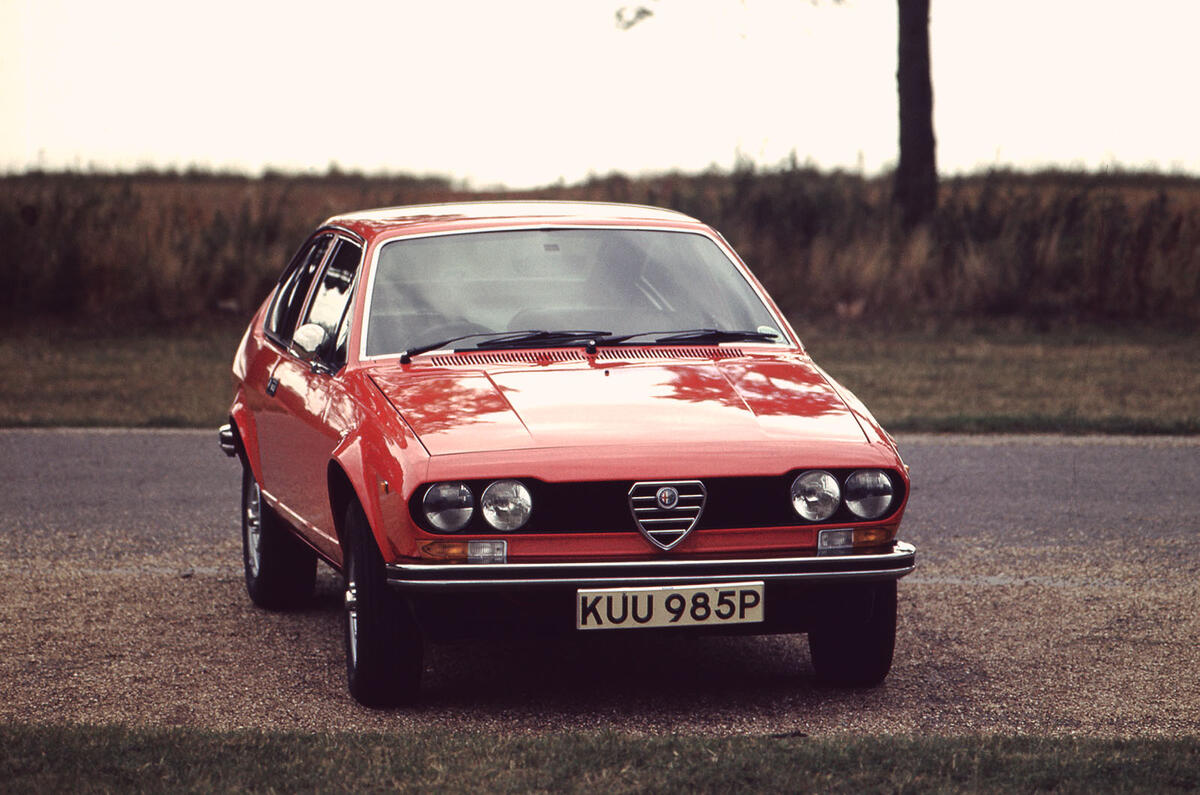
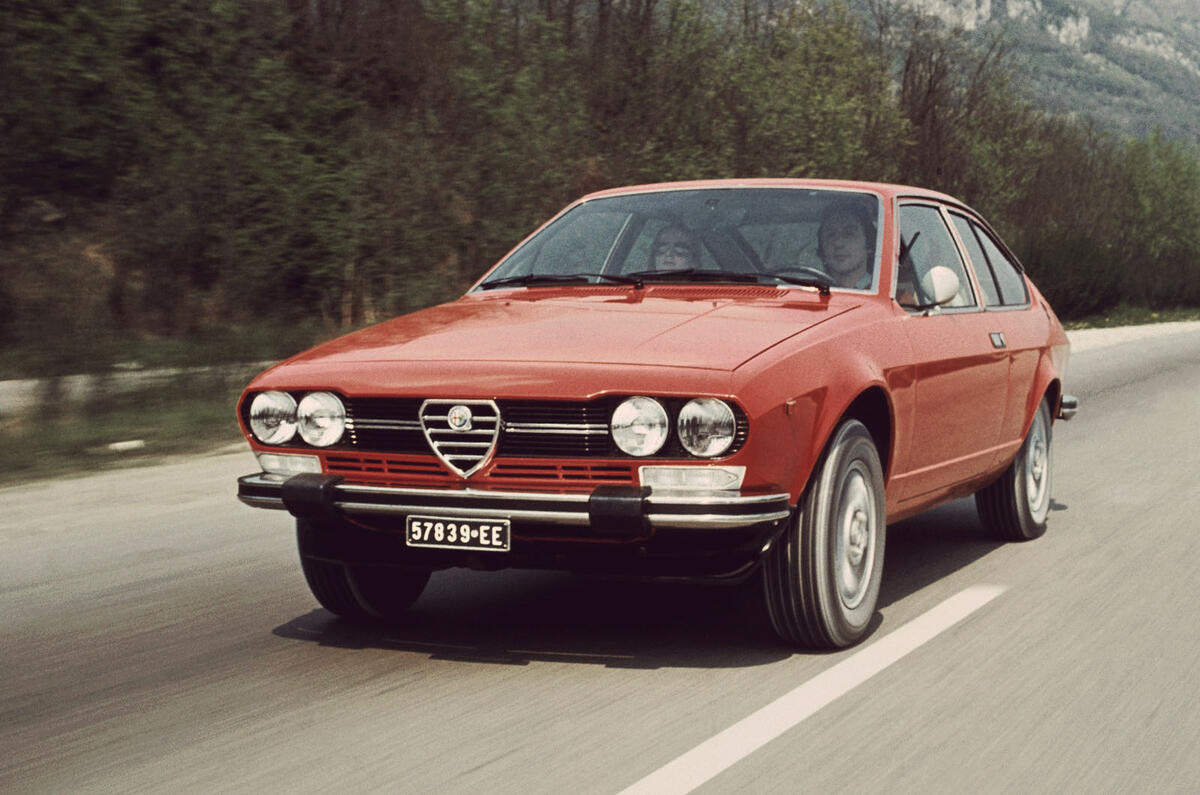
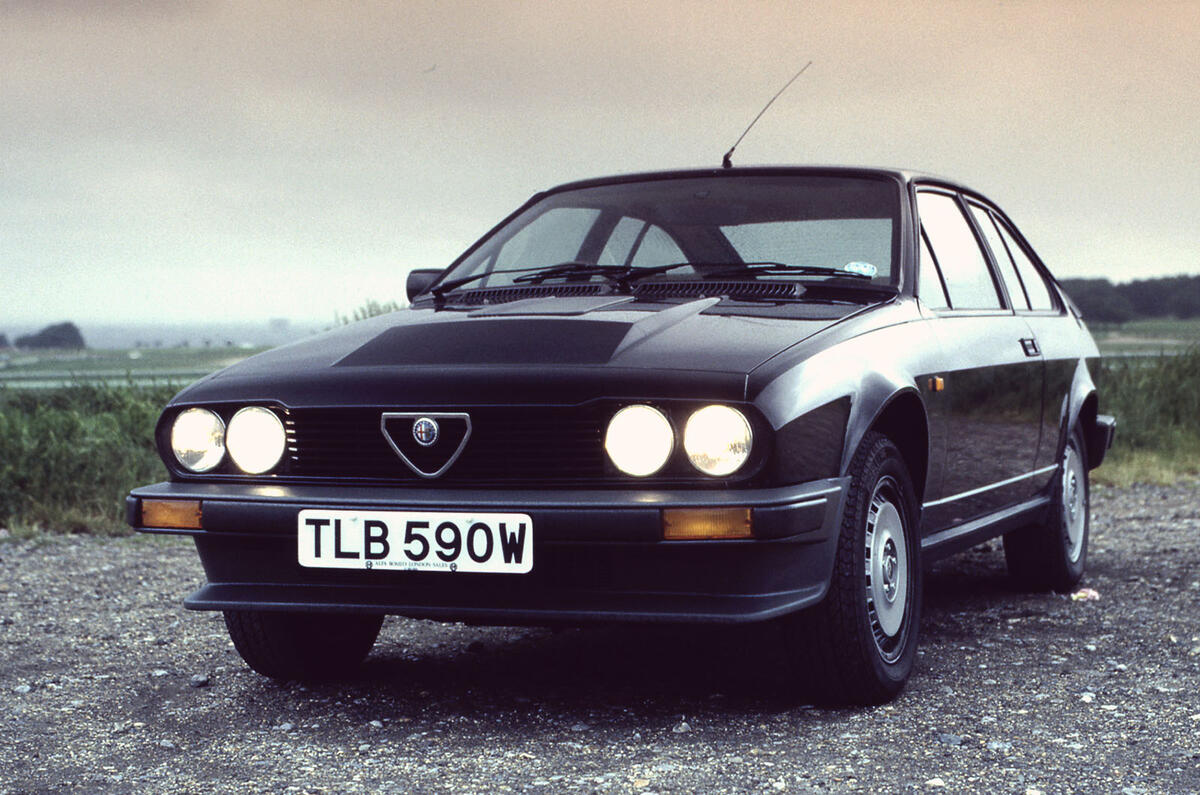
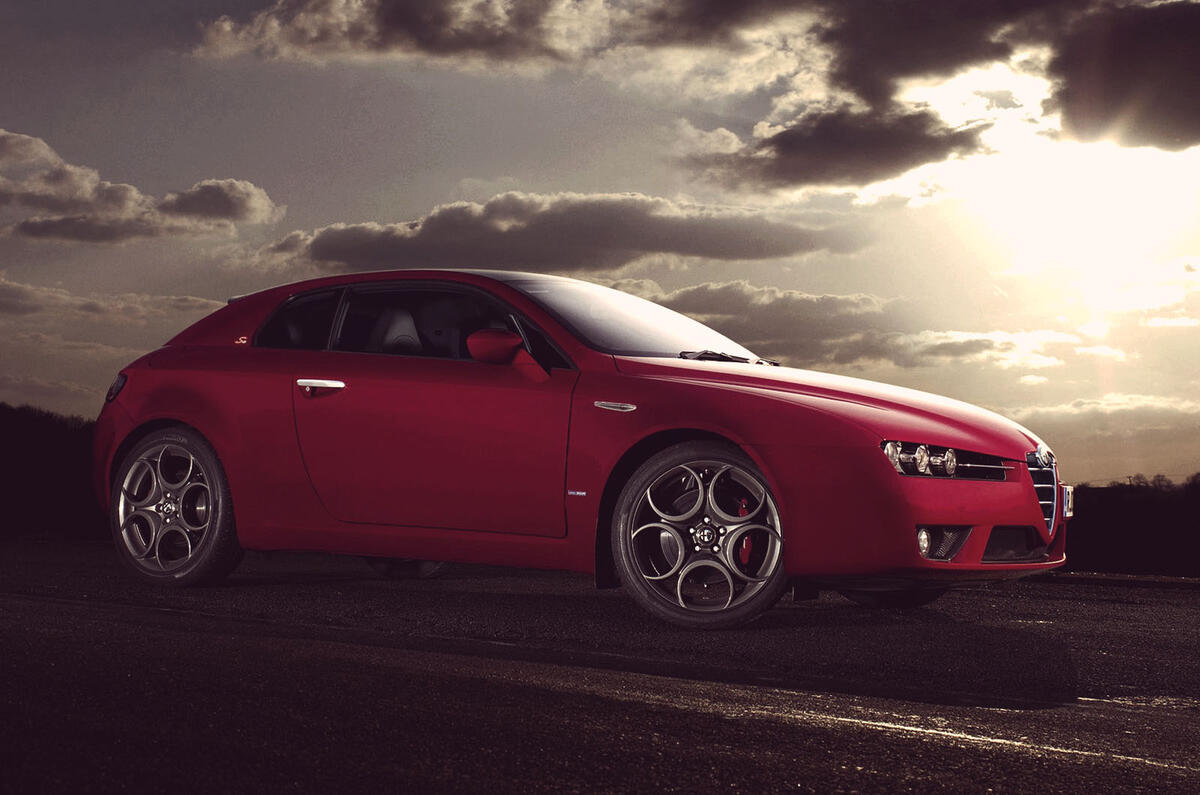
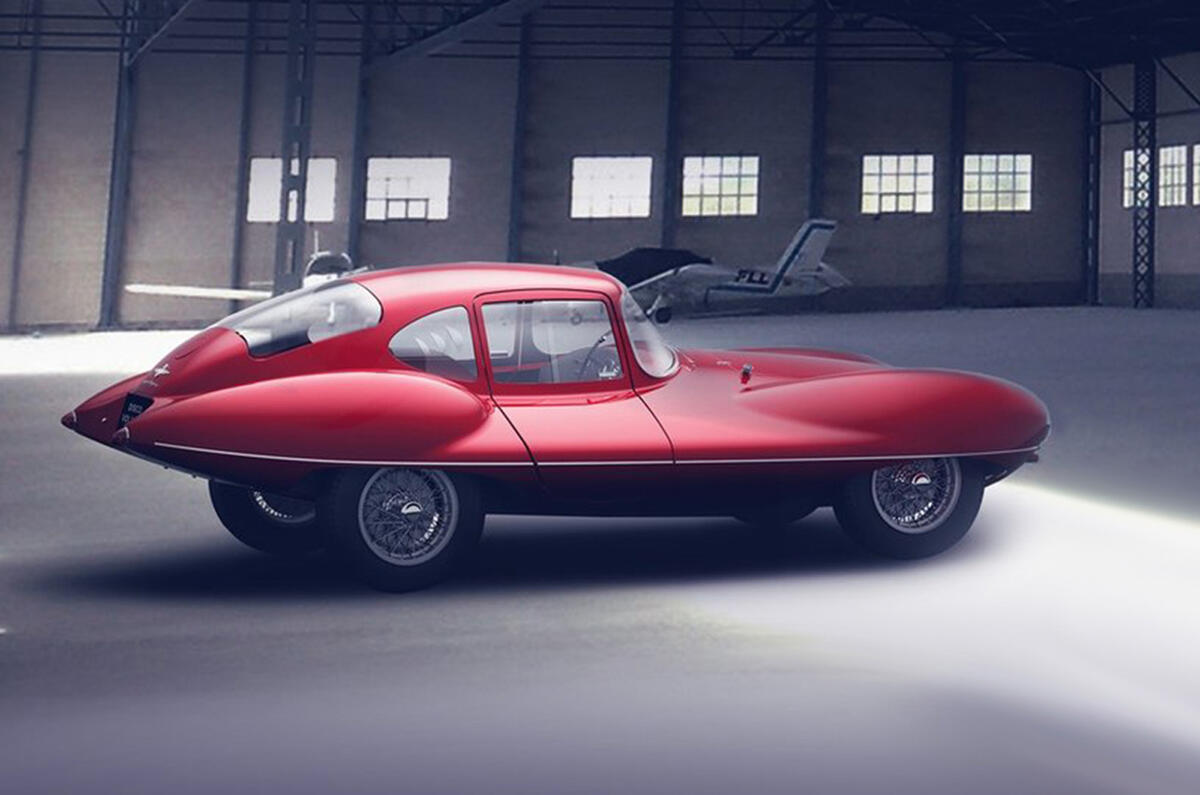
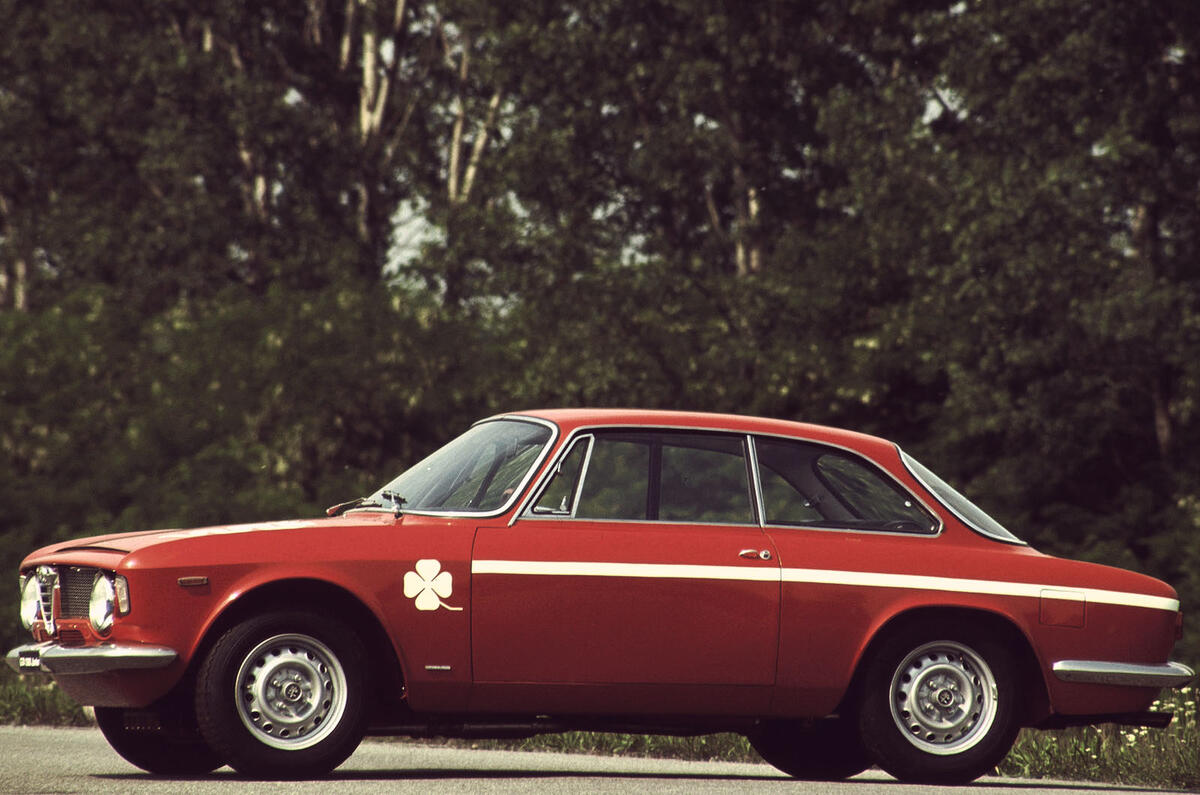
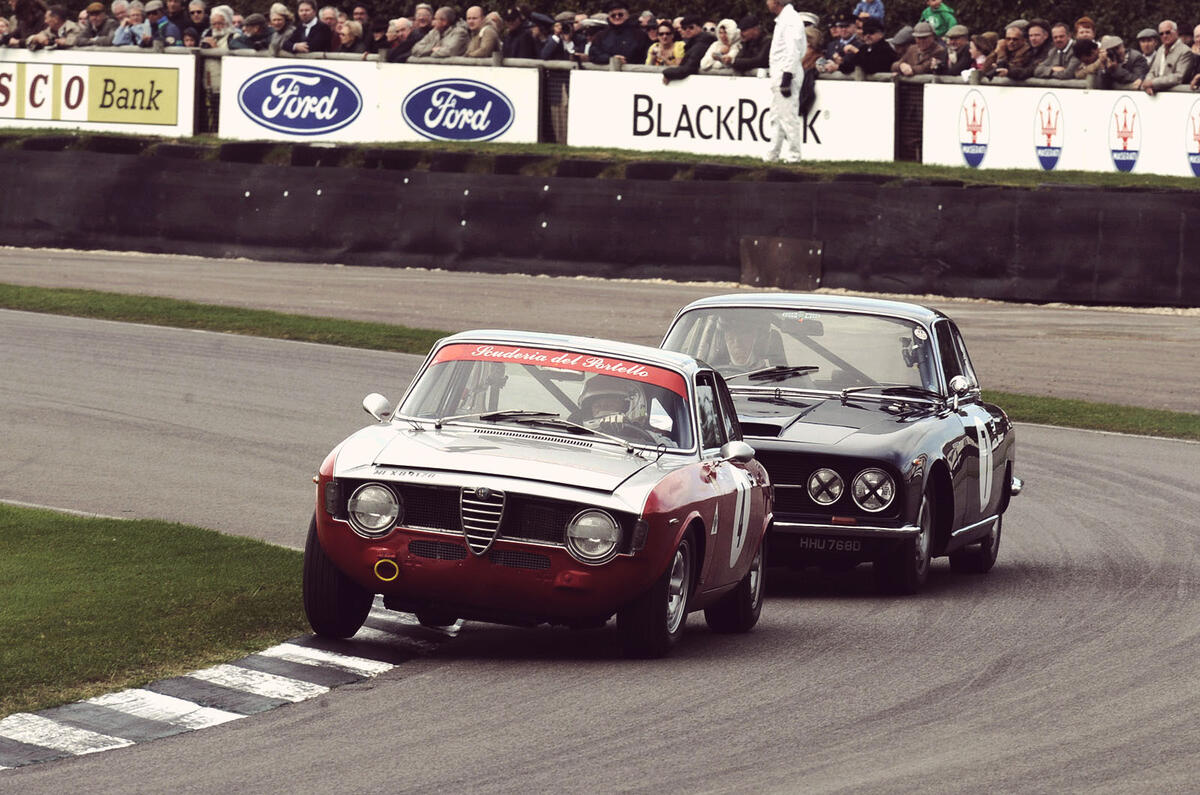
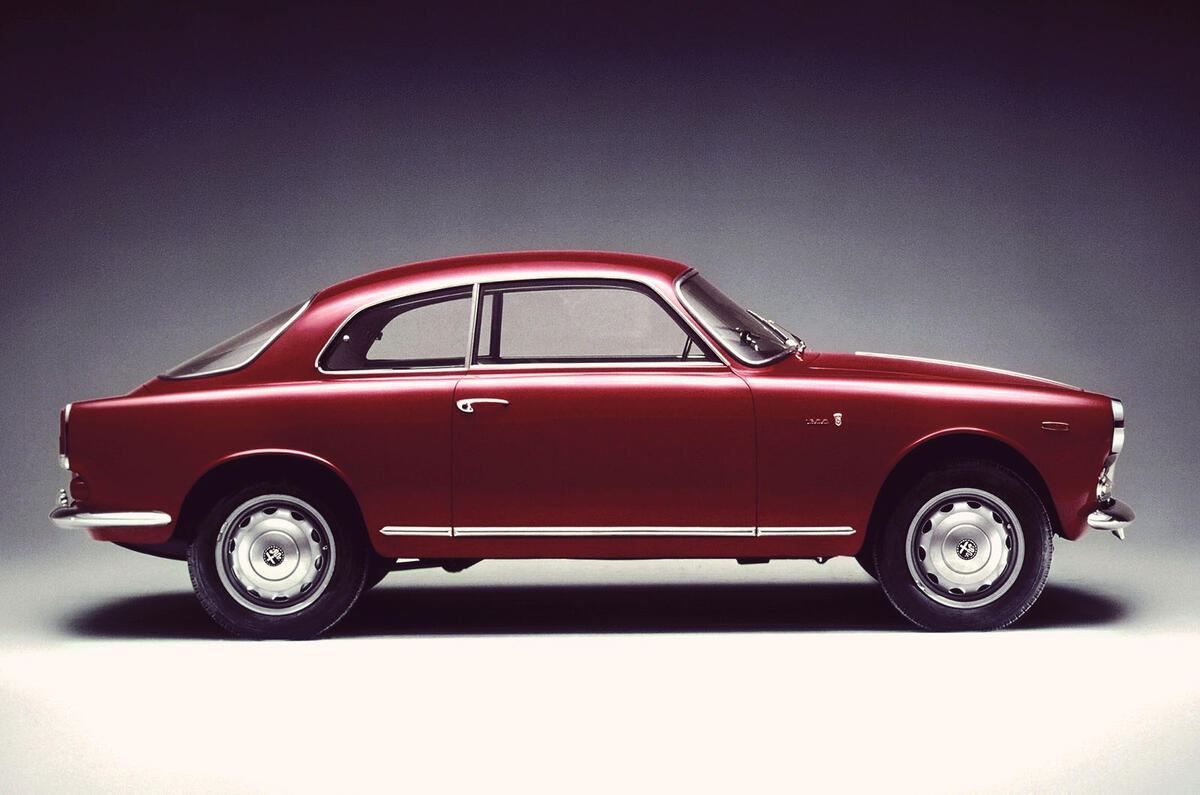
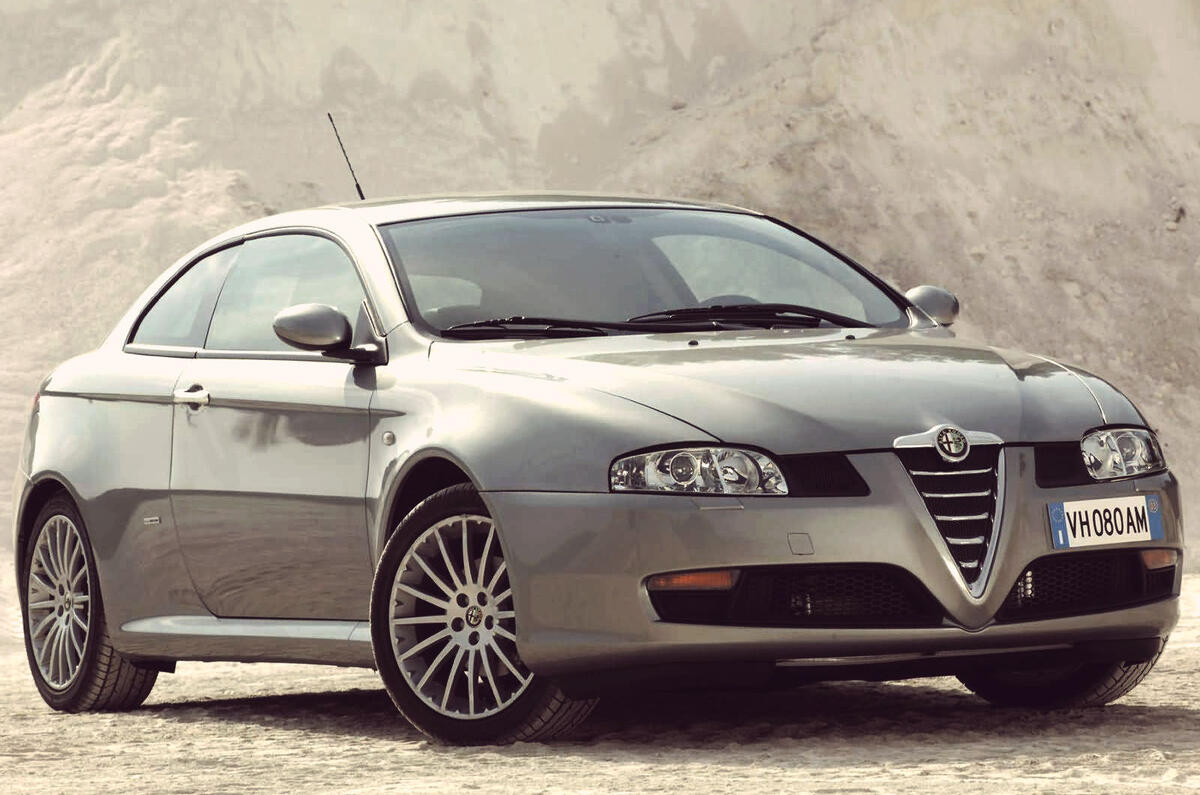
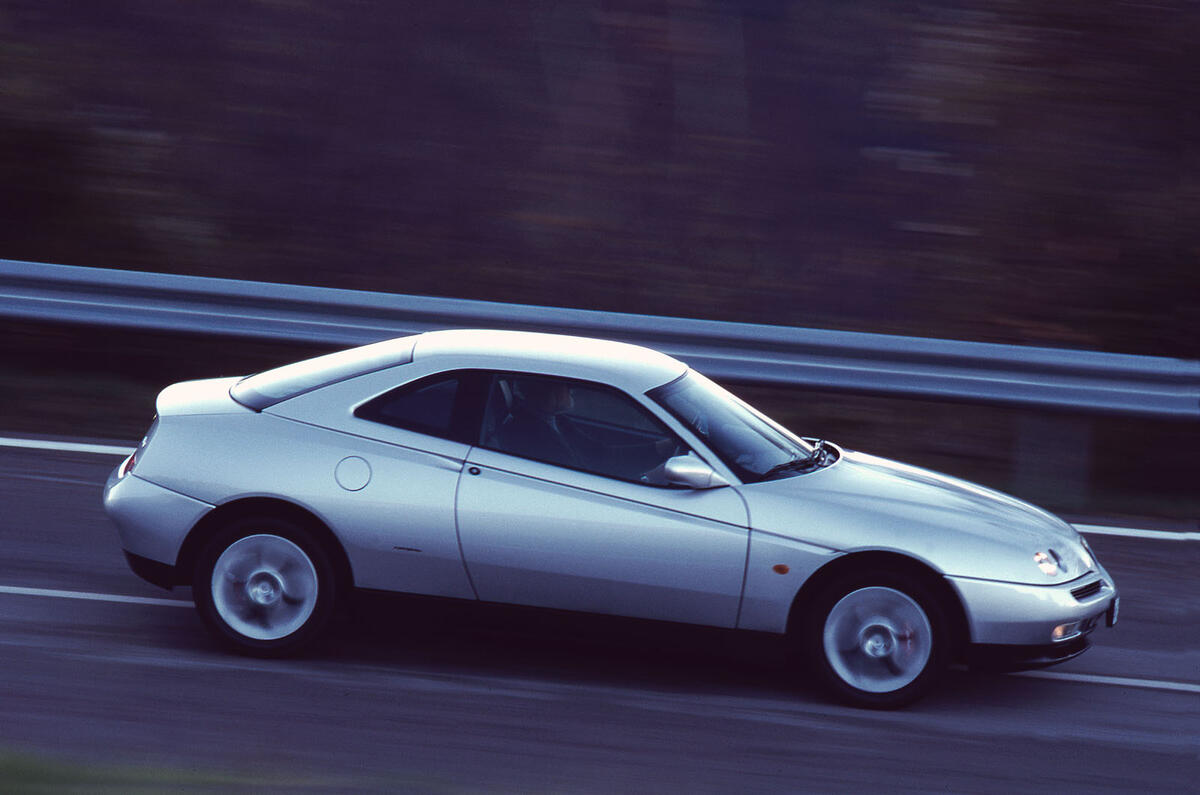
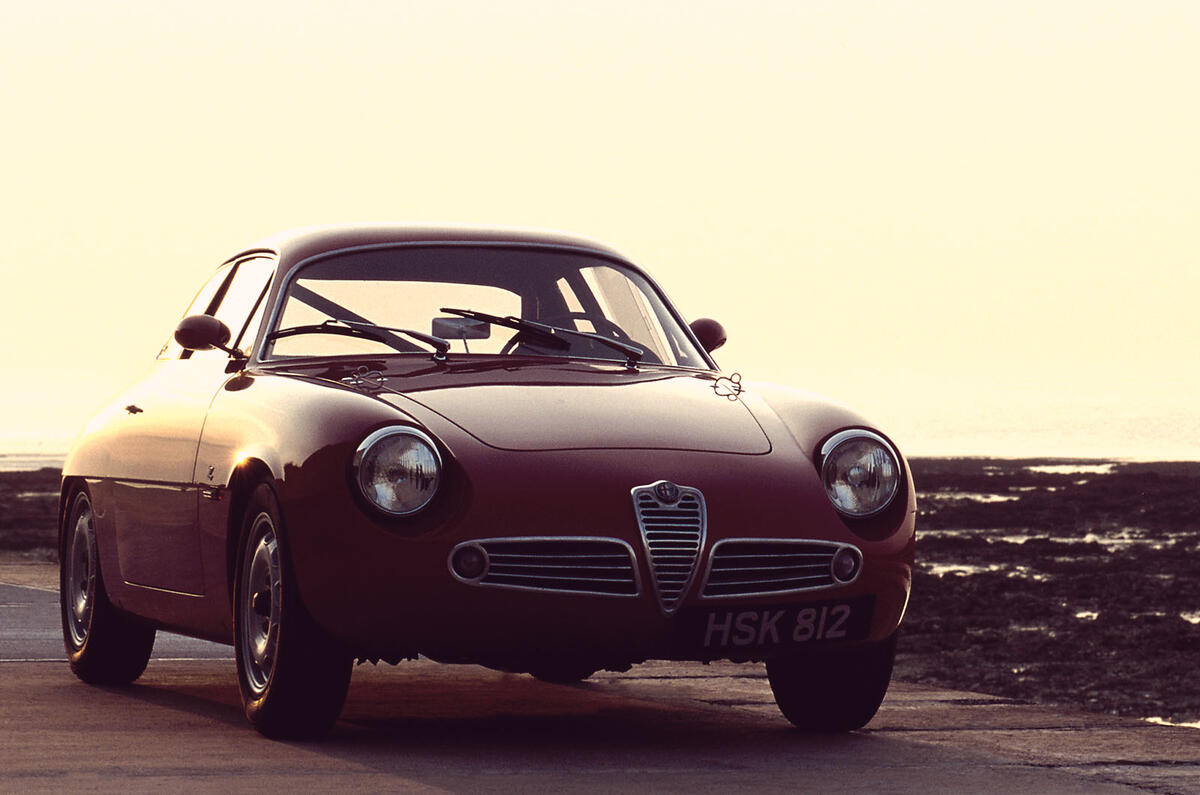
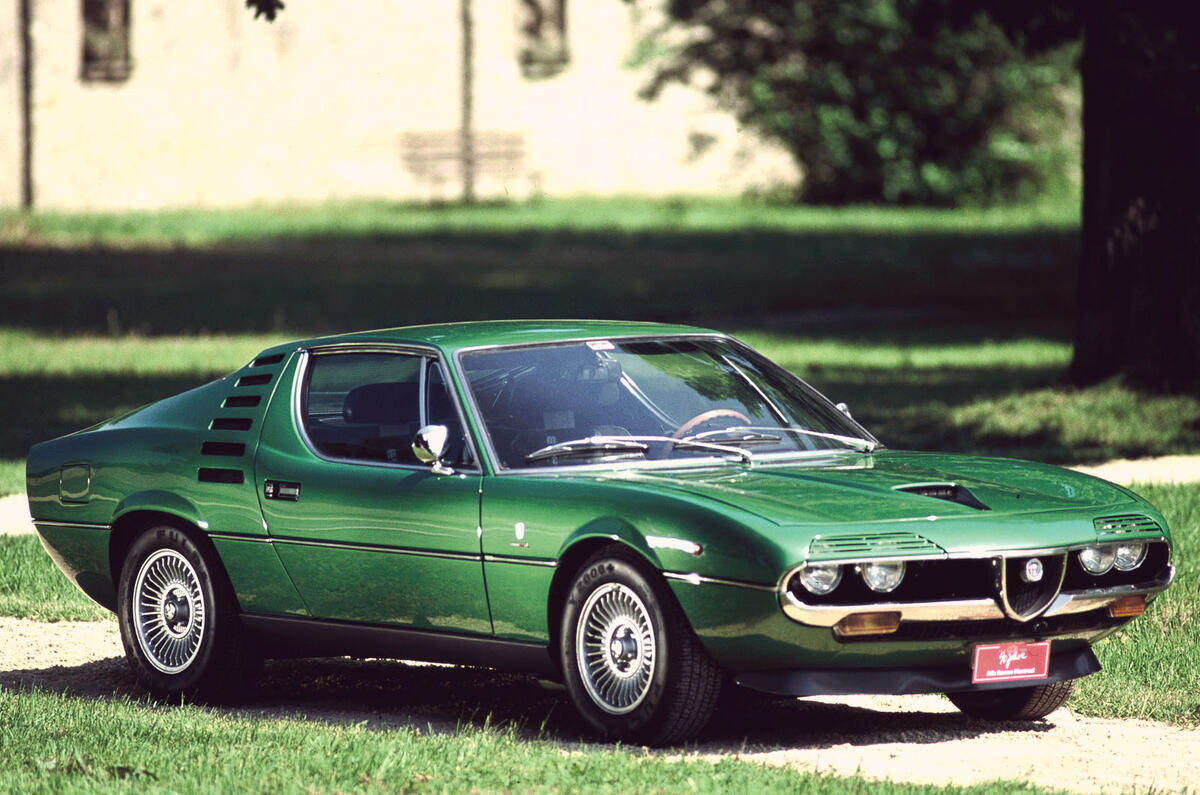
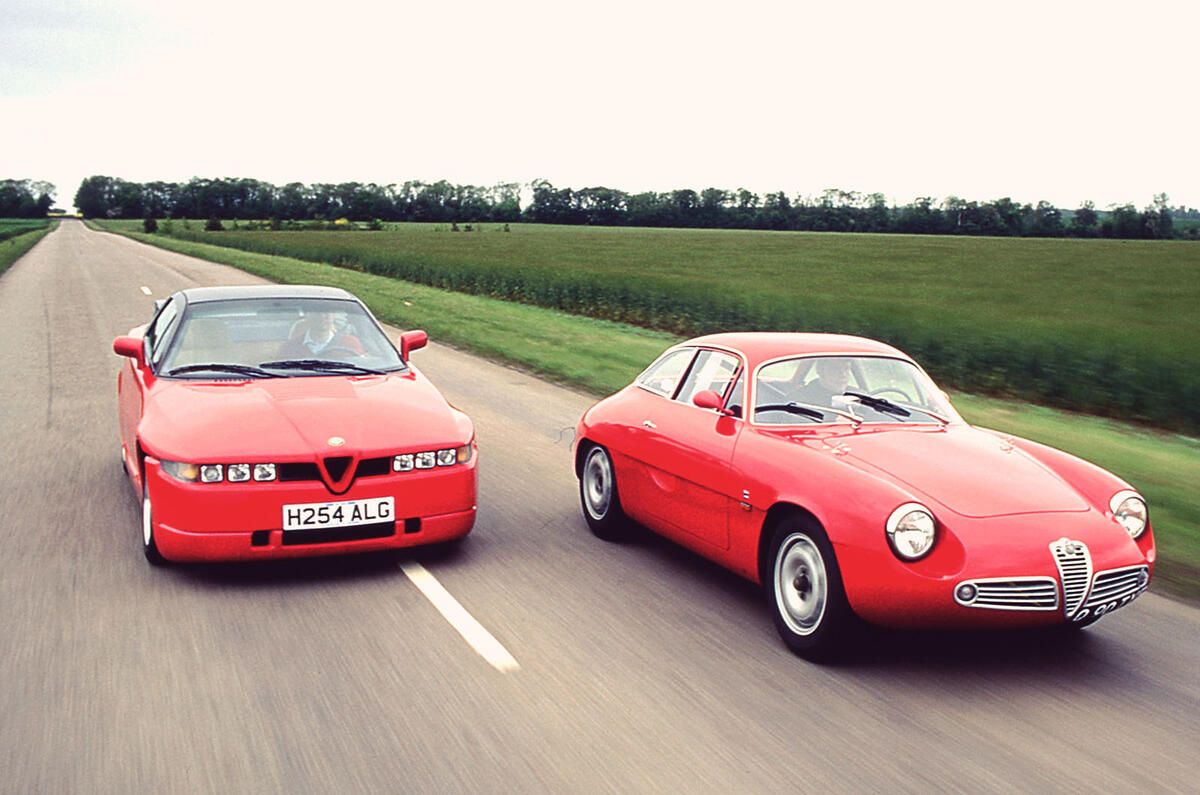
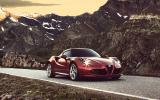
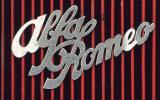
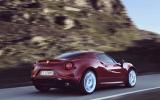
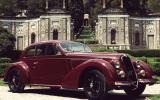

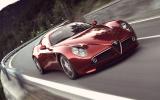
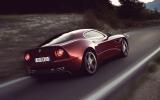
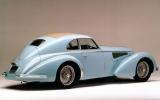
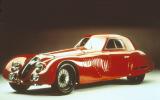
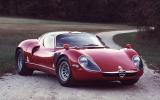
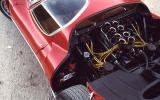

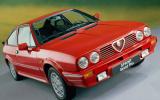
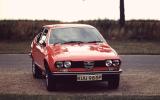
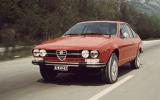
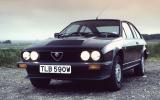
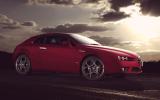
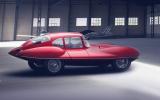
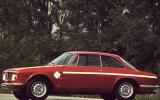

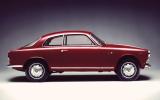



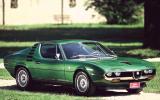
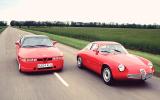



Join the debate
Add your comment
Get your facts right Autocar
Seeing as Autocar removed my post, I ll add it again: Get your facts right Autocar - The Brera show car was shown in 2002, NOT 2005, the Brera did NOT have "Alfa's sonorous 3.2 V6" - it used a slightly modified GM V6 (as did the 159 and Spider) and the GT, as you mentioned earlier in the article, was based on the 156/147 platform (ie 100% Alfa developed) NOT a "GM/Fiat platform". All basic stuff, couldnt be bothered to do any research ?
GTV6 sound
I first heard a GTV6 in 1979. My goodness. It is still one of the best sounding engines I have ever heard.
The new business plan -
The new business plan - announced earlier - that will see closer collaboration between Alfa Romeo and Maserati, is to be applauded. One can only hope the Fiat group also has the sense to remove Alfa from the “pile it high, sell it cheap” influence of the Fiat brand . . . . and, align Alfa’s presence within the market place alongside Maserati and Ferrari.